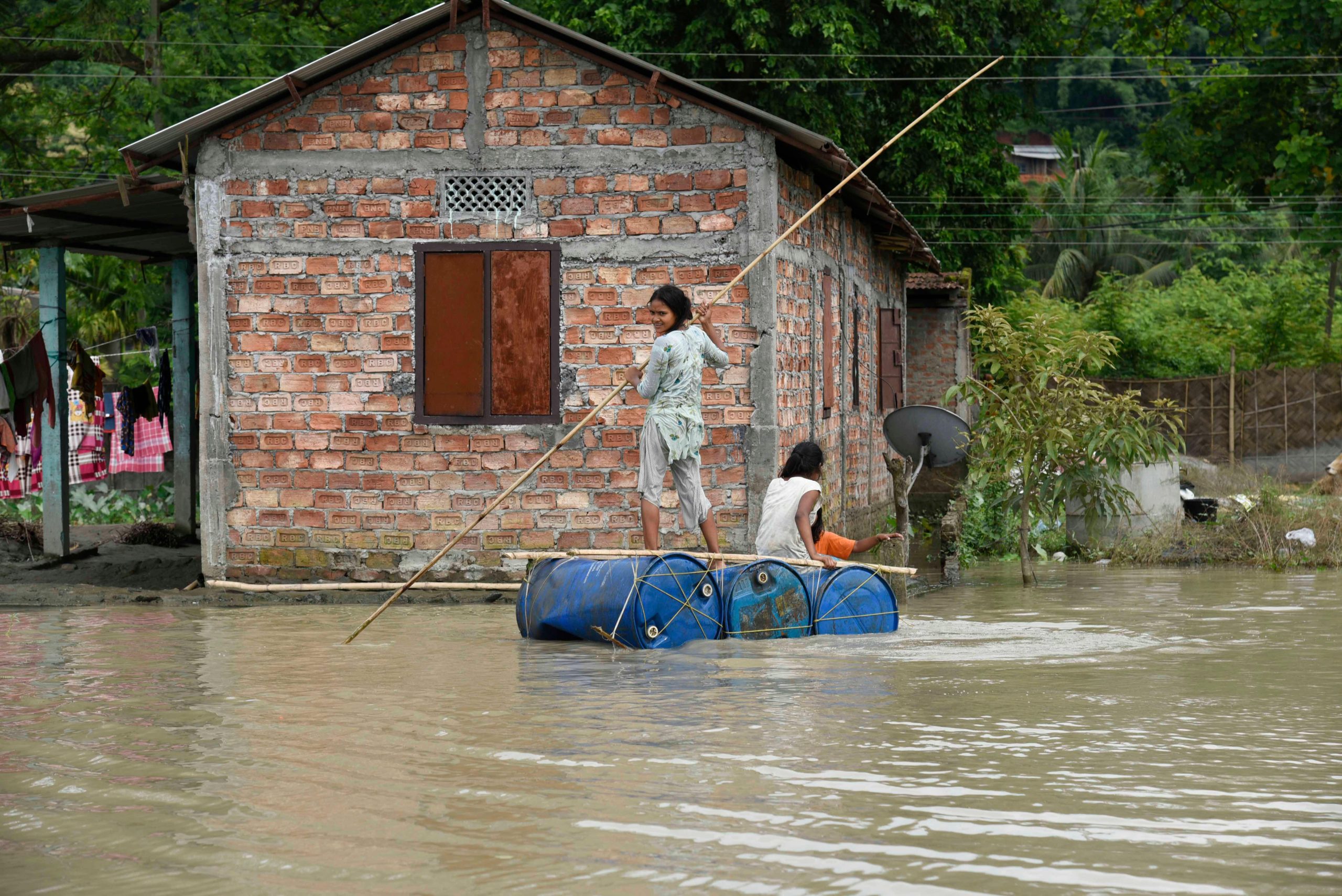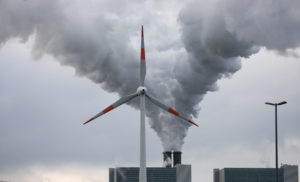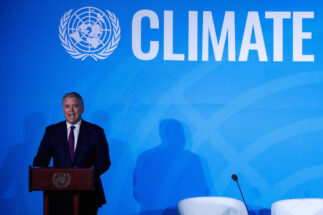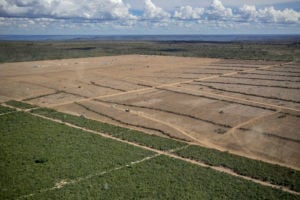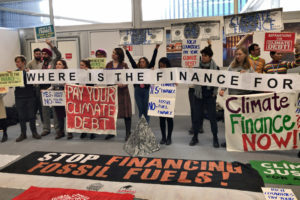Climate change and consequent extreme weather events continued on their destructive path in 2020 in a world grappling with the coronavirus pandemic, the World Meteorological Organisation (WMO) said in a report on Wednesday.
Severe storms, heavy rainfall and floods in South Asia and China in particular displaced millions of people and caused damage worth billions, the UN weather agency said in its provisional State of the Global Climate 2020 report.
The year 2020 is on track to be one of the three warmest years on record as concentrations of greenhouse gases continue to rise in the atmosphere despite reduced human activity due to the Covid-19 lockdown, the WMO said, basing its provisional assessment on temperature data from January to October. It will release the final report in March 2021.
“2020 is on track to be one of the three warmest years on record globally – even with the cooling effect of this year’s La Niña,” UN secretary general António Guterres said in his State of the Planet speech at Columbia University in the US. “Humanity is waging war on nature. This is suicidal.”
La Niña is a weather pattern that occurs in the Pacific Ocean. It is the obverse of El Niño, the unusual warming of surface waters in the eastern equatorial Pacific Ocean that impacts trade winds and monsoons in India and other parts of the world.
“The average global temperature in 2020 is set to be about 1.2 degree Celsius above the pre-industrial (1850-1900) level,” WMO secretary general Petteri Taalas said. “There is at least a one in five chance of it temporarily exceeding 1.5 degrees by 2024.”
The 2015 Paris climate pact aims to keep global warming “well within” 2C above pre-industrial levels, and pursue efforts to limit the temperature increase to 1.5C.
Not on track
“This year is the fifth anniversary of the Paris agreement on climate change,” Taalas pointed out. “We welcome all the recent commitments by governments to reduce greenhouse gas emissions because we are currently not on track and more efforts are needed.”
The decade between 2011 and 2020 will be the warmest decade on record, with the warmest six years all being since 2015, the WMO said.
The provisional report made a special mention of Cyclone Amphan, which brought destruction to West Bengal in India and to Bangladesh in May. Amphan was the “costliest tropical cyclone on record for the North Indian Ocean,” the report said, with India’s economic losses from the disaster totalling about USD 14 billion.
It noted that this year’s monsoon in South Asia was also remarkable. India had one of its two wettest monsoon seasons since 1994, and August was the wettest month on record for Pakistan, with Karachi reporting the highest amount of rainfall in a day.
In China, June and July were “particularly wet”. The Yangtze river and its tributaries flooded, and the Three Gorges Dam was forced to discharge water at its maximum capacity.
Year of extremes in South Asia
Globally, the number of tropical cyclones is above average this year, with 96 as of November 17. Two more cyclones have hit Tamil Nadu since then.
Amphan displaced 2.4 million people in India and 2.5 million in Bangladesh. The report noted that while many returned soon afterwards, “damage to more than 2.8 million homes likely resulted in homelessness and prolonged displacement for many thousands”.
![map of heatwaves in the world’s oceans in 2020 [Source: WMO]](https://dialogue.earth/content/uploads/2020/12/WMO-2020-chart-1-1.jpg)
In the wake of Amphan, monsoon rains led to massive flooding, dam collapses and landslides across South Asia. In India, nationally averaged rainfall for June to September was 9% above the long-term average. In Nepal, flooding and landslides affected several districts in July.
Across India, Pakistan, Nepal, Bangladesh, Afghanistan and Myanmar, more than 2,000 people died during the monsoon season and millions were displaced.
The WMO report once again points to the severe implications of climate change in India, according to climate scientist Anjal Prakash, research director at Bharti Institute of Public Policy, Indian School of Business.
“India has the seventh-longest coastline in Asia. There are nine coastal states and two union territories in India, with a population of about 560 million,” Prakash said. “In 2014, around 177 million people lived in coastal districts and 440,000 lived in island territories in India, which are considered to be at a greater risk.”
Disrupted natural systems
The WMO report shows that oceans and the cryosphere (the area of the planet covered in ice) are an important and critical component of global ecology. They regulate the world’s climate and weather.
The ocean is the primary source of rain and snowfall needed to sustain life on land, and uptake of heat and carbon into the ocean has so far limited the magnitude of human-caused warming on the Earth’s surface, explained Prakash, who is a lead author in the sixth assessment report of the Intergovernmental Panel on Climate Change.
Prakash stressed that the Hindu Kush Himalayas region is “extremely susceptible to temperature increase.”
“Under a 1.5 degrees Celsius global warming scenario, these areas are projected to warm up by more than 2 degrees on average by the end of this century. Currently, more likely climate change scenarios, specific for these river basins, suggest regional temperature increases between 3.5 and 6 degrees by 2100.”
Floods in China
The WMO also identified floods and landslides in China as “particularly intense” this year. As of mid-July, it said, 29,000 homes in the country were destroyed and over 2.2 million people evacuated.
During the rainy season, persistent high rainfall in the Yangtze river catchment caused severe flooding. Reported economic losses exceeded USD 15 billion, and at least 279 people died, the WMO said.
In response to a question about China’s commitment to be carbon-neutral before 2060, Taalas said, “I think that’s excellent news. China has good reason to have such an ambitious goal, because it is also going to suffer because of climate change.”
He added that China, the world’s biggest emitter of carbon dioxide, has many cities and economic centres on its eastern coast – a low-lying area sensitive to sea level rise.
Taalas also stressed that “the melting of the glaciers of the Himalayas is going to mean the release of less water, which will hit both India and China.”
Prepare and mitigate
“A pertinent question is what could be done? First and foremost, we must change our approach to building. Our infrastructure must be climate-resilient,” Prakash said. “The planning, implementing and monitoring process must be climate-resilient, and a systemic overhaul is necessary.”
Guterres in his Columbia speech emphasised the scientific conclusions on climate change.
“The science is crystal clear,” he said. “To limit temperature rise to 1.5 degrees Celsius above pre-industrial levels, the world needs to decrease fossil fuel production by roughly 6% every year between now and 2030.”
“In overcoming the pandemic, we can also avert climate cataclysm and restore our planet,” the UN secretary general said. “Making peace with nature is the defining task of the 21st century. It must be the top, top priority for everyone, everywhere.”
Sanjay Vashist, coordinator of Climate Action Network South Asia, told The Third Pole, “The report has conveyed very convincingly that humanity is heading towards doomsday. We have moved closer to the dangerous limit of 1.5 degrees and reversing climate change is almost impossible with current resources. Polluters need to move to renewable energy very quickly. It’s now time to say goodbye to fossil fuels.”
